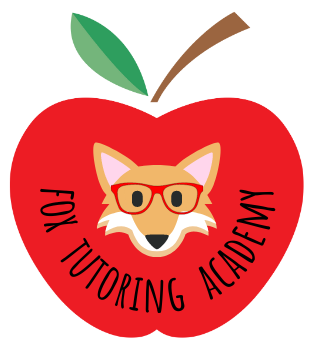Reading isn’t just about saying the words on a page—it’s about understanding them. This skill, called language comprehension, is just as important as being able to sound out words. Without language comprehension, reading wouldn’t be meaningful or useful. In this blog, we’ll break down what language comprehension is, why it’s essential, and how you can help your child develop stronger comprehension skills.
What is Language Comprehension?
Language comprehension is the ability to understand the meaning of words, sentences, and entire stories. It’s what makes reading make sense. Have you ever read something aloud but had no idea what it meant? That’s where comprehension comes in—it’s what helps you connect all the pieces and see the bigger picture.
There are three key parts of language comprehension:
- Vocabulary: Knowing the meaning of individual words.
- Background Knowledge: Having prior information that helps make sense of new ideas.
- Understanding Sentence and Text Structure: Knowing how sentences and ideas fit together to tell a story or explain a topic.
Why is Language Comprehension Important for Reading?
1. Reading Becomes Meaningful
Being able to sound out words doesn’t mean much if your child doesn’t understand what they’re reading. Imagine being able to pronounce all the words in a recipe but not knowing what to do with the instructions—that’s how reading feels without language comprehension. Comprehension makes reading meaningful by helping your child connect with the words on the page.
2. It Helps Us Learn
Most learning happens through reading. Whether your child is reading a textbook, an article, or a story, language comprehension helps them understand new information and apply it to their everyday life. The stronger their comprehension skills, the more they’ll learn.
3. It Improves Communication
Good language comprehension also improves your child’s ability to talk about what they’ve read. They’ll be able to summarize stories, answer questions, and explain ideas in their own words. This builds both their reading and verbal skills.
The Key Parts of Language Comprehension
1. Vocabulary Knowledge
To understand a text, your child needs to know what the words mean. For example, if they read, “The dog barked loudly” but don’t know what “barked” means, they’ll miss out on what’s happening in the story.
How to Build Vocabulary:
- Encourage your child to ask about words they don’t know.
- Read books together that introduce new words and discuss them.
- Play word games like “Word of the Day” to make learning vocabulary fun.
2. Background Knowledge
Background knowledge is what your child already knows about the world. It helps them connect with the story or information they’re reading. For example, if your child is reading about a beach and they’ve been to one, they’ll understand the story better.
How to Build Background Knowledge:
- Take your child to new places, like museums or parks, and talk about what you see.
- Watch educational shows together that explore new topics.
- Encourage your child to read a variety of books on different subjects.
3. Understanding Sentence and Text Structure
Your child needs to understand how sentences and paragraphs fit together to tell a story or explain an idea. This includes recognizing the beginning, middle, and end of a story or understanding how non-fiction books are organized.
How to Build Text Structure Understanding:
- When reading stories, ask questions about the structure. What happened first? What was the problem? How was it solved?
- For non-fiction, help your child find key sections like the introduction, main points, and conclusion.
- Practice summarizing stories or passages to see how ideas connect.
How You Can Help Your Child Develop Stronger Language Comprehension Skills
1. Ask Questions While Reading Together
Ask your child questions like “Why do you think that character did that?” or “What do you think will happen next?” This helps them think about the meaning behind the words and improves their language comprehension.
2. Encourage Discussions About Books
After reading, talk about the story. Ask your child to retell it in their own words, share their favorite part, or explain what they learned. This makes reading more interactive and strengthens their comprehension.
3. Read a Variety of Texts
Expose your child to different types of books—fiction, non-fiction, poetry, and more. Different texts challenge their language comprehension in different ways. For example, non-fiction helps them learn facts, while fiction builds understanding of characters’ feelings.
4. Provide Background Information Before Reading
If your child is reading something new, give them some background information. For example, if they’re reading about space, explain what planets are or what astronauts do. This helps improve their language comprehension as they read.
Final Thoughts
Language comprehension is what makes reading meaningful, allowing your child to understand and connect with the text. By building vocabulary, background knowledge, and an understanding of text structure, you can help your child become a stronger reader. Supporting these comprehension skills sets your child up for success not only in school but in conversations and everyday life.Want more tips for building reading and comprehension skills? Download my free guide, “The 5 Essential Areas of Reading At Home,” for practical strategies to help your child thrive!

